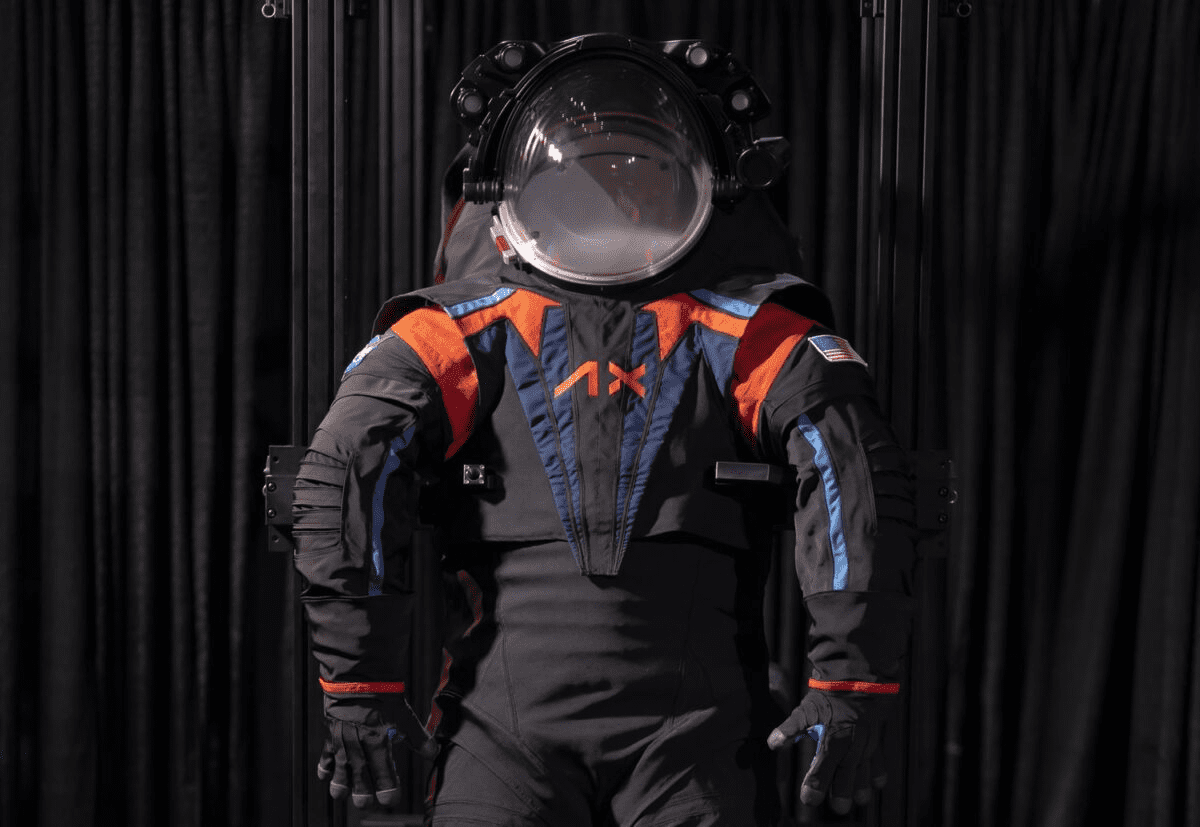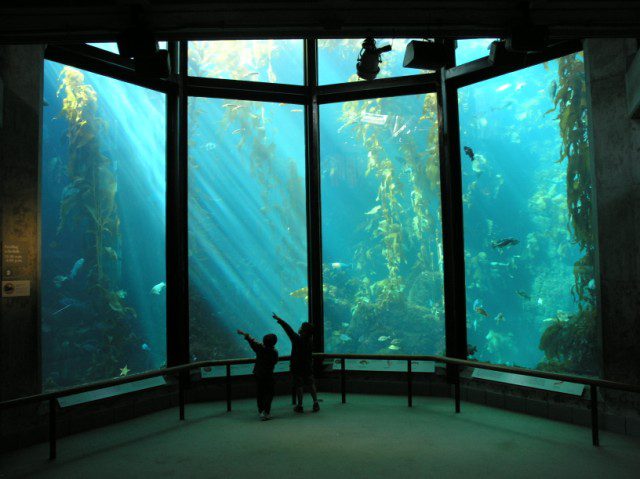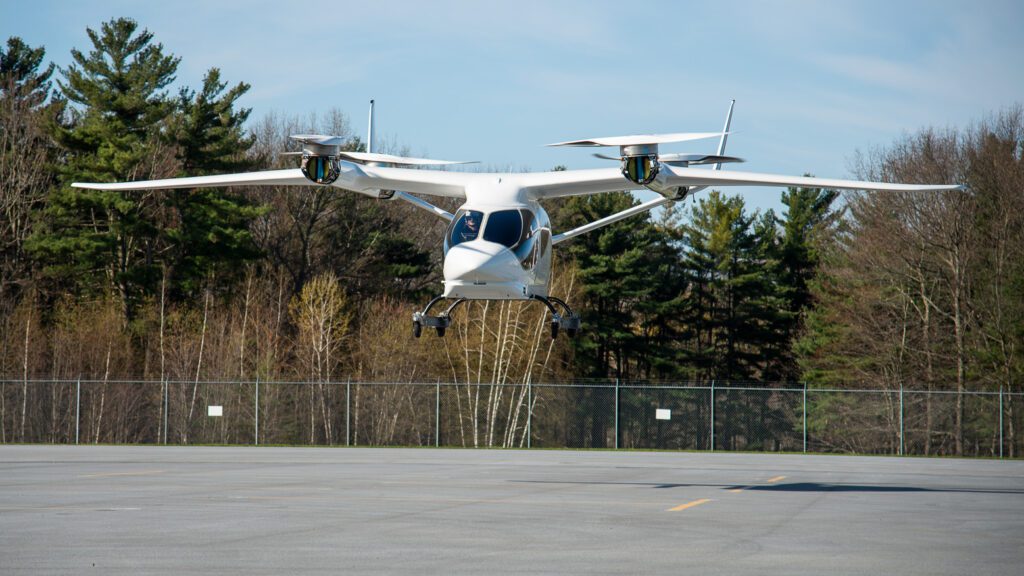NASA and Axiom Space recently presented a prototype of the next-generation spacesuit that astronauts will use for the next walk on the Moon. The Axiom Extravehicular Mobility Unit has better flexibility and thermal safety than those worn by the Apollo astronauts, who stepped foot on the lunar surface for the first time more than 50 years ago. The suit has numerous protective layers, a backpack with life support systems, lighting systems, and a HD video camera mounted on top of the bubble-shaped head gear. NASA’s space agency’s Artemis program aims to return humans to the Moon in late 2025 since the historic Apollo missions ended in 1972, which will initiate a step towards an eventual voyage to Mars.
The newest moonwear was presented at the Johnson Space Center in Houston during an event hosted by Axiom Space, a Texas-based company. The Artemis I mission, the inaugural presentation of NASA’s powerful next-generation rocket and its latest Orion spacecraft on an uncrewed test flight around the Moon and back, was successfully completed in December. The completed version of the suit will be in the conventional white used to reflect heat from the sun and protect astronauts from the temperatures of the harsh lunar environment.
The suit boasts a backpack called a “portable life support system,” which is designed for up to eight hours of usage. It features many layers, including an innermost layer called a bladder layer that keeps air inside the space suit like a balloon and a restraint layer that maintains its figure. An insulation layer made of various fabrics protects the cosmonauts against the huge temperature fluctuations on the moon, while the exterior layer is designed to be resistant to dust and potential wear & tear from sharp rocks. The latest suit has “more functionality, more performance, and more capability” compared to the bulky version worn by Apollo astronauts.
The Artemis III mission is planned to take place in late 2025, just about 12 months after Artemis II. NASA and the Canadian Space Agency are set to announce on April 3 the four astronauts selected to fly on Artemis II. That flight, if successful, will set the process for a planned Artemis III astronaut expedition to the lunar surface — the first ever to the moon’s south pole — later on in the same decade. NASA chief Bill Nelson described the new spacesuits as “will open opportunities for more people to explore and conduct science on the moon than ever before”.

















